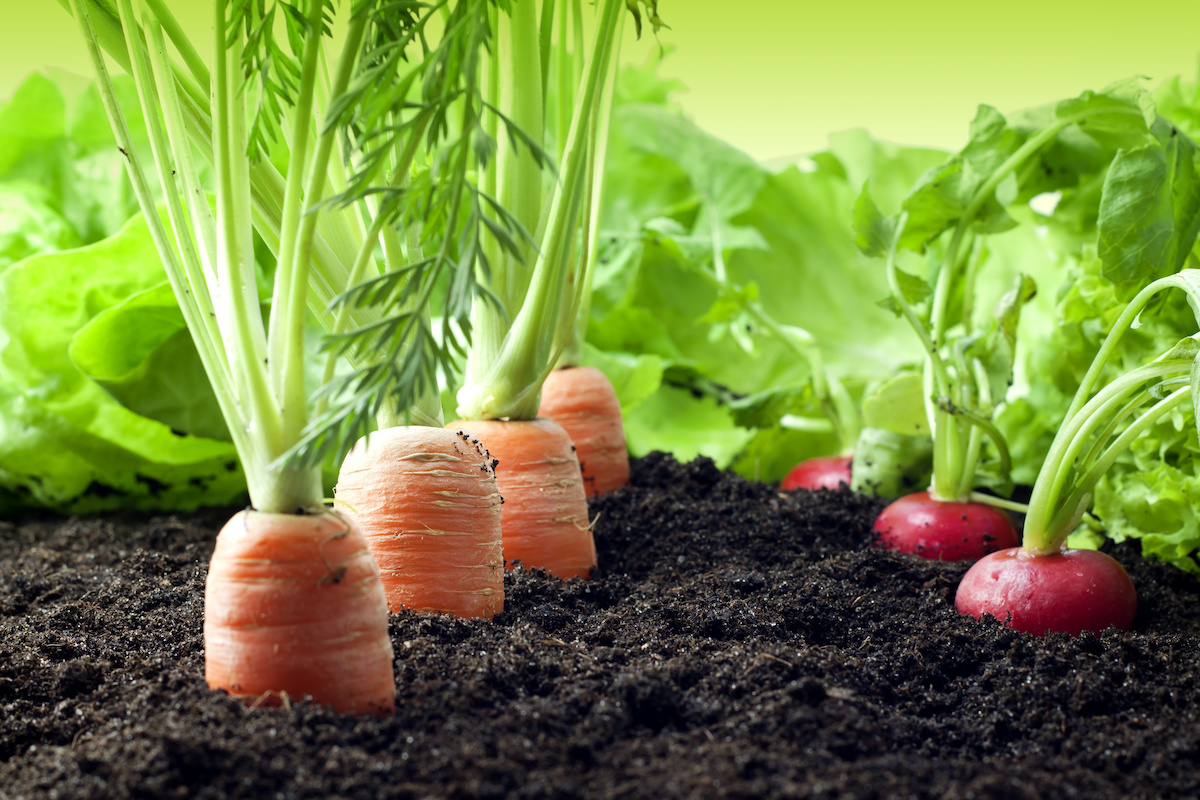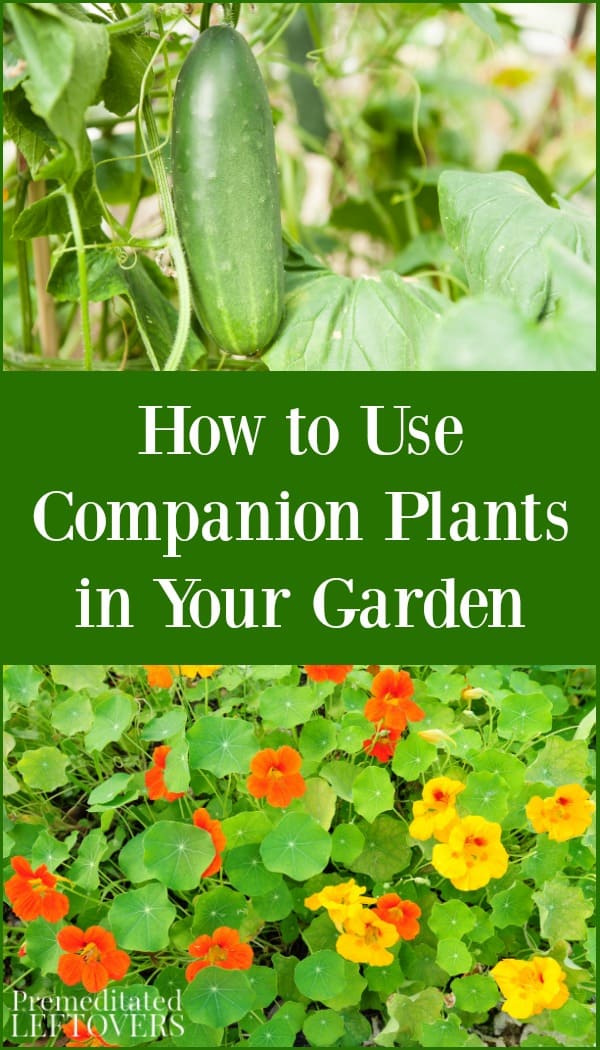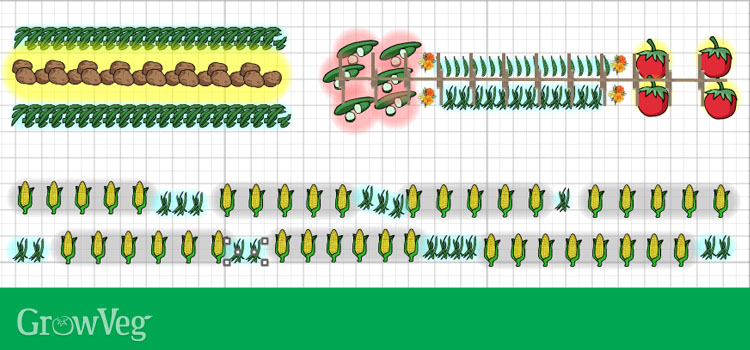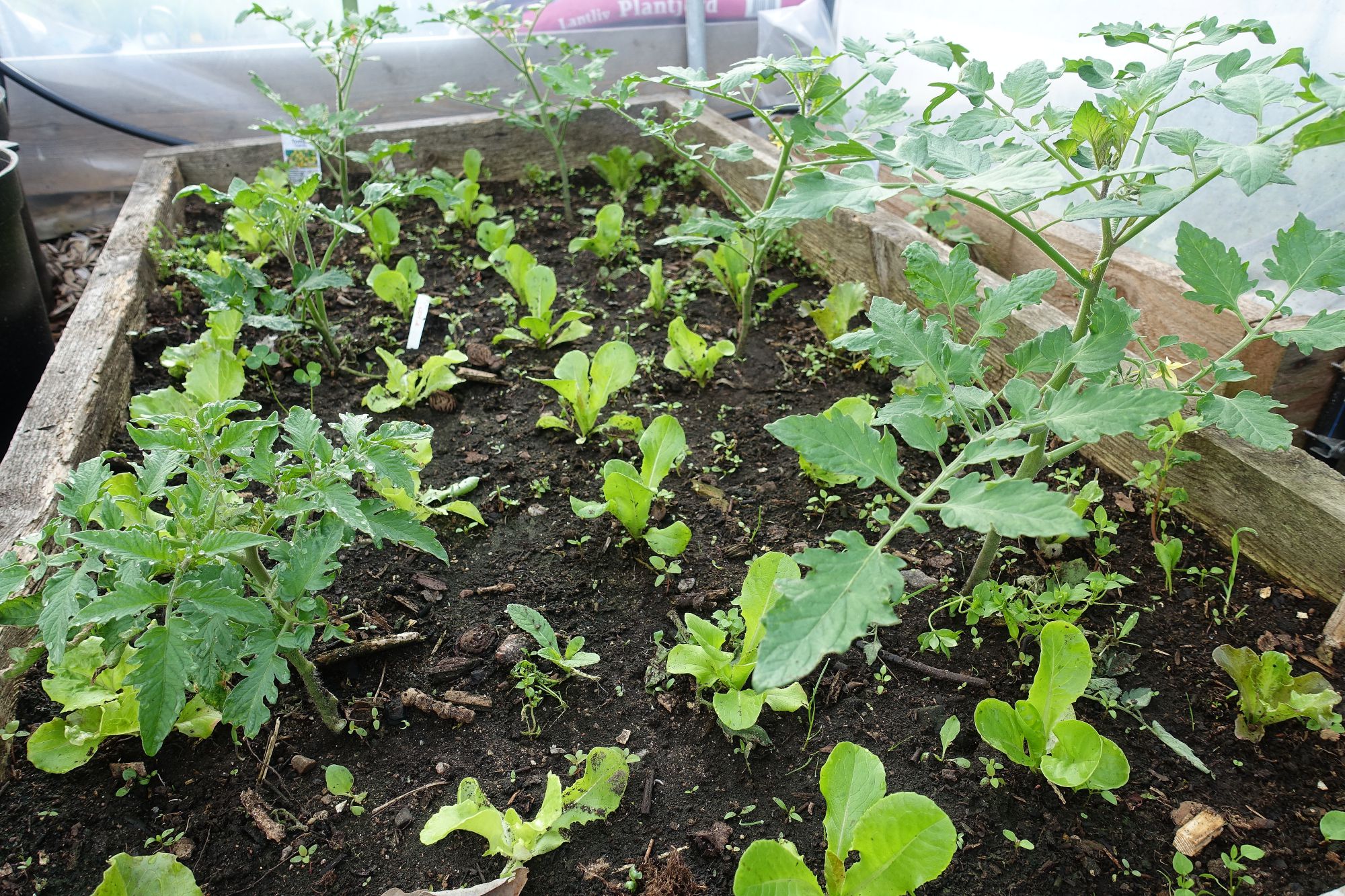Fall Companion Planting: Grow A Healthy And Productive Garden
Fall Companion Planting: Grow a Healthy and Productive Garden
Fall is a great time to start planning your garden for the upcoming season. One of the best ways to ensure a healthy and productive garden is to practice companion planting. Companion planting is the practice of planting different plants together that benefit each other in some way. There are many different benefits to companion planting, including:
- Attracting beneficial insects. Some plants attract beneficial insects, such as ladybugs and lacewings, which can help to control pests. For example, planting marigolds near tomatoes can help to attract ladybugs, which eat aphids.
- Repelling pests. Other plants can repel pests. For example, planting nasturtiums near cabbages can help to repel cabbage moths.
- Improving pollination. Some plants attract pollinators, such as bees and butterflies, which help to pollinate your crops. For example, planting basil near tomatoes can help to improve pollination, which can lead to larger and healthier tomatoes.
- Improving soil health. Some plants can improve soil health by fixing nitrogen, aeration, or suppressing weeds. For example, planting peas and beans can help to fix nitrogen in the soil, which can benefit other plants in the garden.
There are many different companion planting combinations that you can try. Here are a few of the most popular:
- Beans and corn. Beans fix nitrogen in the soil, which corn benefits from. Corn provides shade for beans, which helps to protect them from the sun.
- Carrots and onions. Carrots and onions repel each other's pests. Carrots also help to keep the soil loose, which benefits onions.
- Cucumbers and melons. Cucumbers and melons benefit from the shade of taller plants, such as corn or sunflowers.
- Lettuce and tomatoes. Lettuce helps to suppress weeds, which benefits tomatoes. Tomatoes also provide shade for lettuce, which helps to protect it from the sun.
- Peas and spinach. Peas and spinach benefit from each other's shade. Peas also help to suppress weeds, which benefits spinach.
When companion planting, it is important to consider the needs of the different plants. For example, some plants need full sun, while others prefer partial shade. Some plants need well-drained soil, while others prefer moist soil. It is also important to consider the height of the different plants. You don't want to plant tall plants that will shade out shorter plants.
With a little planning, you can create a fall garden that is both healthy and productive. By using companion planting, you can attract beneficial insects, repel pests, improve pollination, and improve soil health. This will lead to larger, healthier crops that will taste great.
Fall is a great time to start planning your garden for the upcoming season. One of the most important things to consider when planning your garden is companion planting. Companion planting is the practice of planting different plants together for mutual benefit. Some plants can help to attract beneficial insects, deter pests, or improve the growth and flavor of other plants.
If you're new to companion planting, I recommend checking out Gardenia Inspiration. This website has a wealth of information on companion planting, including a comprehensive chart that lists which plants are good companions for each other. You can also find articles on specific topics, such as how to attract beneficial insects or how to deter pests.
I've found that companion planting has really helped to improve my garden. My plants are healthier, they produce more food, and they're less susceptible to pests. If you're looking for a way to improve your garden, I highly recommend giving companion planting a try.
FAQ of fall companion planting
5 Most Frequently Asked Questions About Fall Companion Planting
Question 1: What is fall companion planting?
Answer: Fall companion planting is the practice of planting certain vegetables and herbs together in order to benefit each other's growth. Some plants attract beneficial insects, while others help to repel pests. Some plants improve the soil quality, while others help to improve the flavor of the vegetables.
Question 2: What are some good fall companion plants?
Answer: Some good fall companion plants include:
- Carrots and onions: Carrots and onions help to repel each other's pests.
- Beans and corn: Beans fix nitrogen in the soil, which benefits the corn.
- Cabbage and radishes: Cabbage and radishes help to deter cabbage moths.
- Peas and tomatoes: Peas improve the soil quality for tomatoes.
- Spinach and lettuce: Spinach and lettuce help to shade the soil, which helps to keep it cool.
Question 3: When should I plant fall companion plants?
Answer: The best time to plant fall companion plants is in early fall, after the summer heat has passed. This will give the plants enough time to grow and mature before the first frost.
Question 4: How do I space fall companion plants?
Answer: The spacing requirements for fall companion plants will vary depending on the specific plants you are growing. However, in general, you should space the plants so that they have enough room to grow and spread.
Question 5: What are some of the benefits of fall companion planting?
Answer: There are many benefits to fall companion planting, including:
- Increased crop yields
- Improved soil quality
- Reduced pest and disease problems
- Increased flavor of vegetables
Image of fall companion planting
Here are 5 different images of fall companion planting from Pinterest:
- Carrots and radishes. Radishes are quick-growing and can be harvested before they compete with carrots for space. They also help to loosen the soil, which benefits the carrots.

- Cucumbers and nasturtiums. Nasturtiums attract beneficial insects that help to control pests that can damage cucumbers. They also help to deter cucumber beetles.

- Pole beans and corn. Pole beans and corn are a classic companion planting. The beans fix nitrogen in the soil, which benefits the corn. The corn provides support for the beans to climb.

- Lettuce and tomatoes. Lettuce is a good companion plant for tomatoes because it helps to suppress weeds and attract beneficial insects. It also helps to keep the soil cool, which is beneficial for tomatoes.

- Marigolds and roses. Marigolds help to repel pests that can damage roses. They also help to improve the drainage around roses, which can help to prevent root rot.

Post a Comment for "Fall Companion Planting: Grow A Healthy And Productive Garden"